What is a Coral Reef?
Learn all about coral reefs as we answer your top coral questions
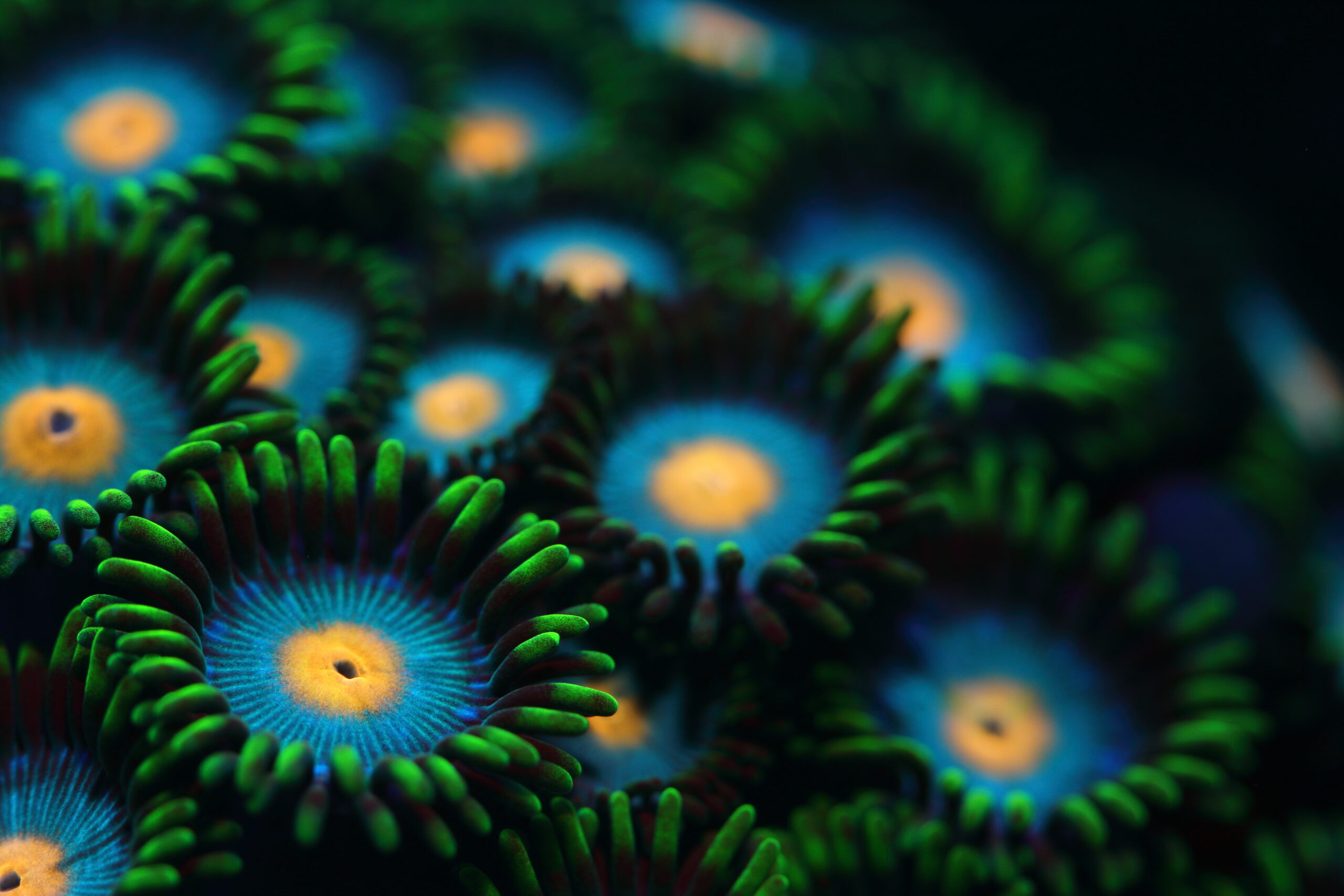
Coral reefs are beautiful, colorful and the cornerstone of a healthy ocean ecosystem. Often called the ‘rainforest of the seas’—they host an abundant variety of sea life—crucial habitat for about 25% of all ocean species! Swim along with us (we promise you won’t need your SCUBA gear) as we go for a deep dive exploring coral reefs. We’ll answer your top questions about these enchanting places.
Plant, animal or mineral?
They look like a plant, but coral reefs are considered animals—they are invertebrates belonging to a group of animals called Cnidaria. Other animals in this group include jellyfish and sea anemones.
Coral reefs are made up of tiny organisms called polyps. The polyps are soft-bodied but secrete limestone skeletons for support. Large, iconic reefs are formed when many, many polyps come together and build on one another. The result is a colony of polyps that actually act as one organism!

Rainforest of the seas—really?
Coral reefs only take up about 1% of the ocean floor, but host an estimated 25% of all ocean species! This abundance of creatures that are dependent on a specific structure has given coral the nickname “the rainforest of the seas.” Coral reefs provide complex, three-dimensional habitat for a huge variety of plants and animals (large and small!), and protect many young fish species as they grow.
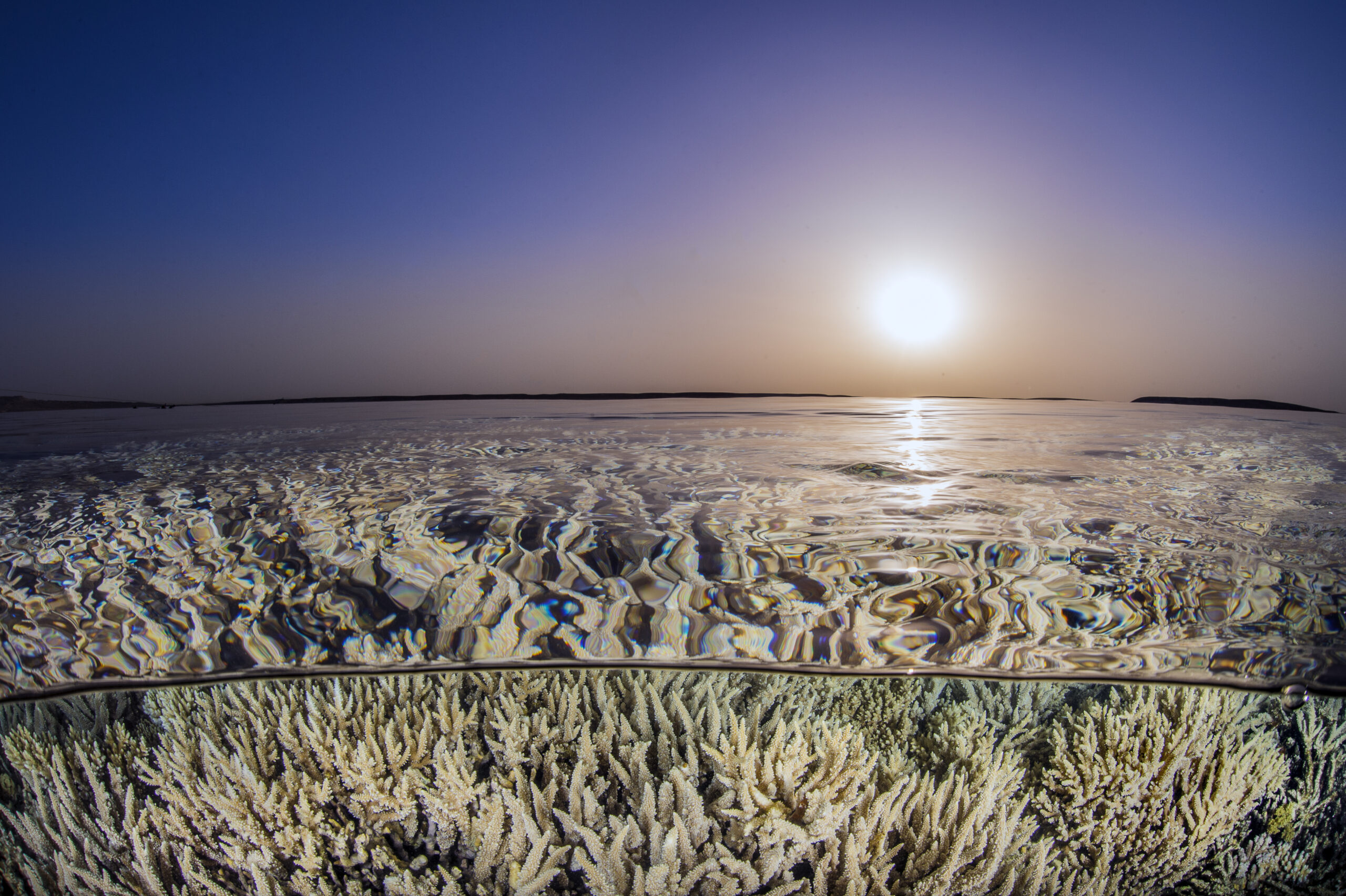
What is coral bleaching?
Before we can tell you about coral bleaching—we first need to tell you how a coral gets its color. Coral reefs get their colorful hues from algae called zooxanthellae. The coral polyps themselves are actually see-through!
Polyps and zooxanthellae have a symbiotic relationship, where coral polyps get their food from the algae in exchange for providing housing and protection to the algae. When coral get stressed out by things like pollution or high temperatures (often caused by climate change), the coral kick the zooxanthellae out. No algae=no color=coral bleaching. But, it’s a self-defeating response. Corals need the algae for food and to remain healthy—if the coral bleaching goes on for too long, it can actually kill the coral colony.

Older than your great, great, great, great Grandma
Did you know that some coral can live for over 4,000 years! You might be wondering—how can scientists tell the age of a coral? Great question! Similar to tree trunks, cross-sections reveal coral-growth rings that can be used to determine their age—and information about climate.
The coral’s hard calcium carbonate skeletons contain bands, like tree rings, that record environmental changes in temperature, water chemistry and water clarity. Scientists can extract, or “core” out, a long, thin cylinder of calcium carbonate from large stony corals, and count the stripes and examine their width. These records help scientists reconstruct what past ages were like before humans kept records!
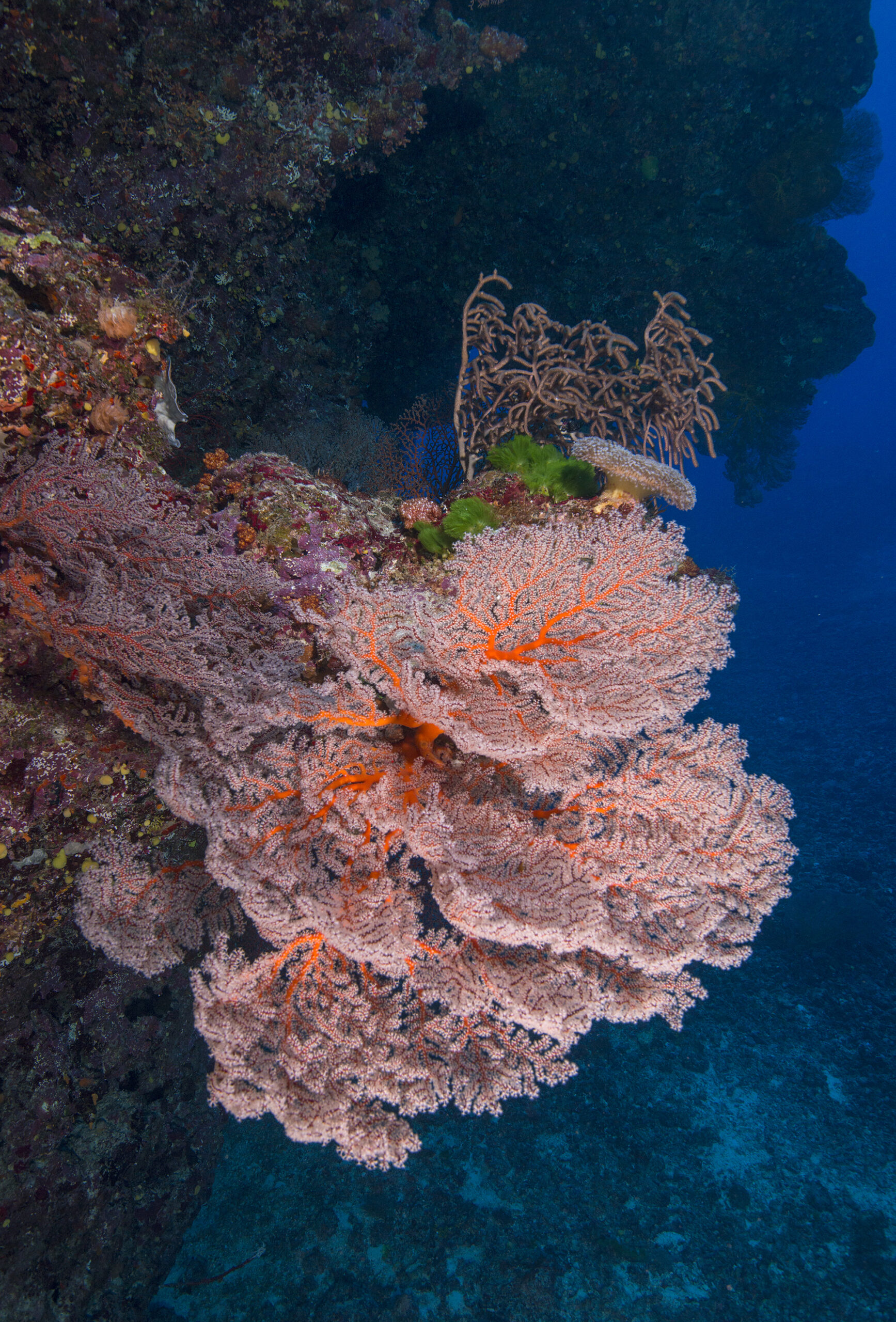
Tell us about the Great Barrier Reef
The mass coral bleaching in the Great Barrier Reef has been making headlines all over the world. According to Scientific American:
During summer 2017, a large swath of Australia’s Great Barrier Reef—normally a riot of electric oranges, reds and other colors—turned ghostly pale. Unusually warm water temperatures, partly due to global warming, had caused the corals to expel from their tissues the symbiotic algae that provide them with food and give them their brilliant hues. It was the second mass-bleaching event to hit the reef in as many years. Together, the back-to-back events hit two-thirds of the reef.

Speedbumps of the ocean
Coral reef structures help slow down and shrink waves as they hurtle towards shore, which helps protect coastlines from hurricanes, cyclones and tsunamis. Corals protect shorelines in 81 countries around the world, sheltering the 200 million people living along those coasts.
Coral reefs around Puerto Rico were severely damaged in the aftermath of Hurricane Maria. Ocean Conservancy is proud to partner with Force Blue—an initiative uniting the community of Special Operations veterans around the world with coral reef conservation. Working alongside NOAA scientists, these veterans performed daily tasks on ‘deployments’ in Puerto Rico to help repair and restore coral reefs, in which they would find, rescue, transport, and attach an average of 100 pieces of coral a day!
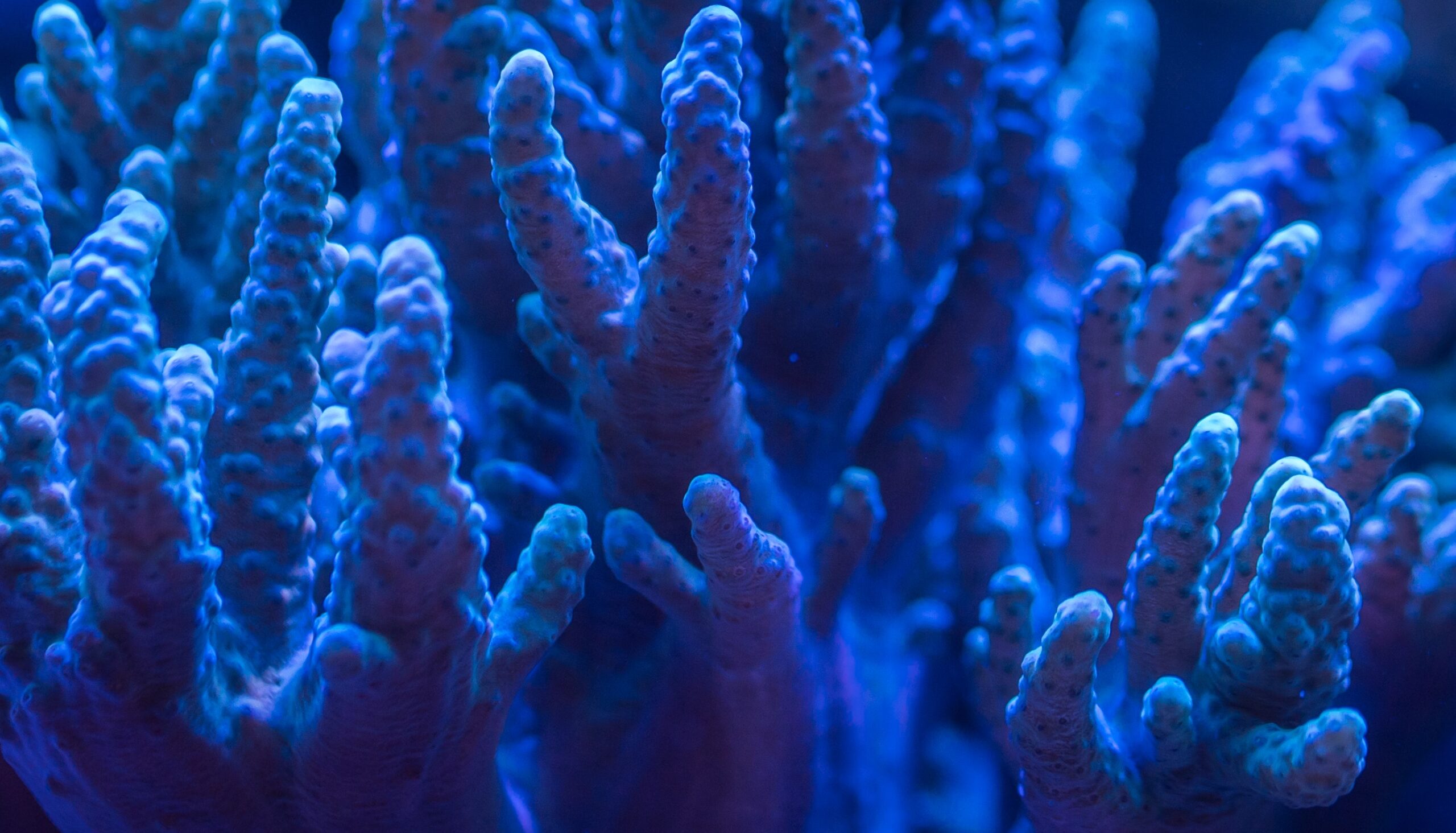
Is there such a thing as cold water coral?
Yes! Coral aren’t only found in warm tropical waters. Coral have been found up to 20,000 feet below the ocean’s surface, where the water is icy cold and the light dim or absent. In fact, scientists have discovered nearly as many species of deep-sea corals (also known as cold-water corals) as shallow-water species.
Like shallow-water corals, deep-sea corals may exist as individual coral polyps, as diversely-shaped colonies containing many polyps of the same species, and as reefs with many colonies made up of one or more species. Unlike shallow-water corals, however, deep-sea corals don’t need sunlight. They obtain the energy and nutrients they need to survive by trapping tiny organisms in passing currents.
Coral reefs have been discovered in the North Atlantic and several species of deep-sea corals form an underwater garden off the coast of Alaska’s Aleutian Islands.
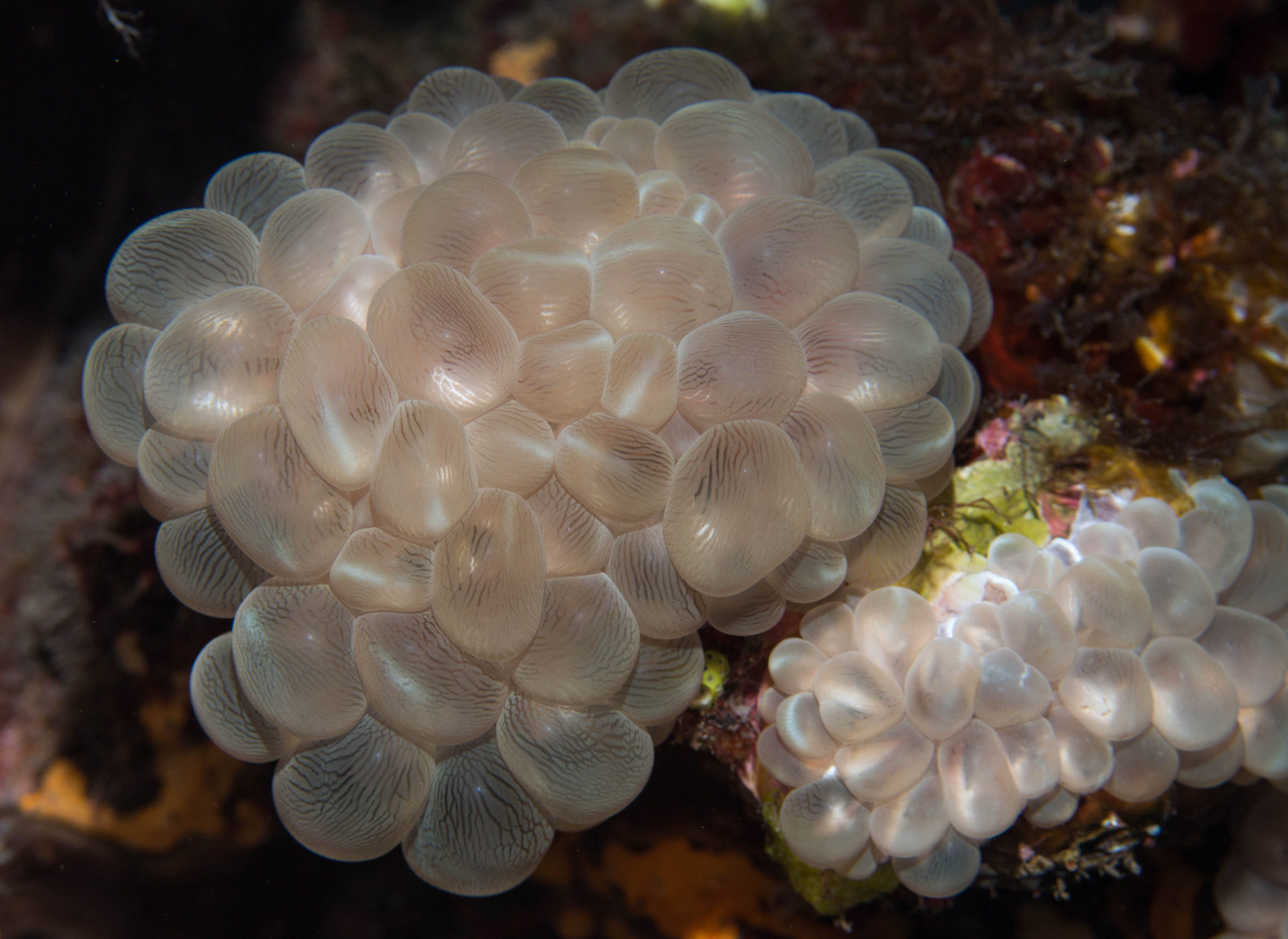
Coral reefs need our help
Coral reefs are being damaged by ocean acidification—which occurs when the ocean absorbs carbon and becomes acidified. Increasing acidification degrades the physical structure of these reefs. This affects all the creatures living among the reef—and they need our help.
Federal research funding can help deepen our scientific understanding of this problem and enable us to respond in order to protect thousands of jobs. This expanded ocean acidification research will provide desperately needed resources to help us address one of the most widespread threats to coastal communities and the ocean today.